‘Bushfire warning system must be improved’: Queensland review tabled
Review into Queensland’s September bushfires calls for overhaul of early warning systems and reveals changing weather hindered hazard-reduction burns.
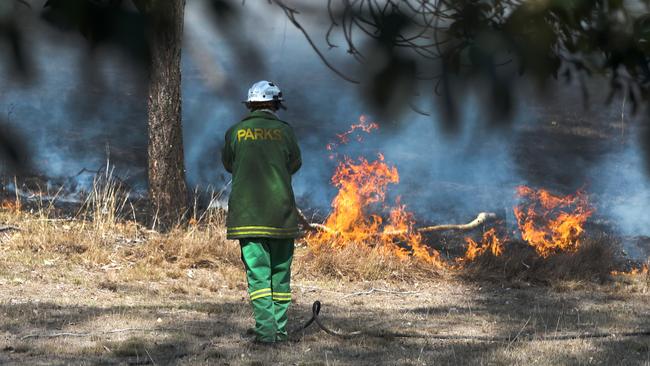
Hazard-reduction burns significantly reduced the magnitude of the bushfire that hit the Queensland Granite Belt town of Stanthorpe and saved many homes, a major review of the state’s handling of the September bushfires has found.
But Inspector-General Emergency Management Alistair Dawson warned the state’s “confusing” system of issuing bushfire warnings needed to be improved and said there was a shortage of special radios to help disaster management entities communicate during fires.
And he found changing weather conditions stopped Queensland from being able to do all of its planned hazard-reduction burns ahead of the early bushfire season.
Mr Dawson found in most areas, a program of hazard-reduction burning was in place and was being managed, with improvements made since the state’s 2018 “catastrophic” central Queensland bushfires.
The IGEM investigated the fires at Sarabah in the Gold Coast hinterland (where 11 houses and five commercial structures, including the historic Binna Burra tourist lodge, were destroyed by fire, as well as 5000ha of land), Stanthorpe (four houses destroyed) and Peregian Springs on the Sunshine Coast (one house destroyed, one house severely damaged, 1000ha of land lost).
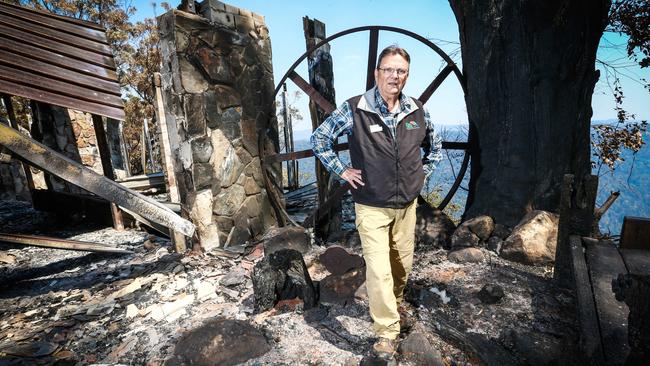
Mr Dawson said the issuing of bushfire warnings was an “opportunity for improvement” and that a high number of people expected individual warnings to their mobile or landline phones.
“However, the Review heard there is confusion from both disaster management entities and community members of what some messages mean, particularly relating to evacuation, return and advice around “Watch and Act” warnings,” Mr Dawson said.
“Other jurisdictions have deployed solutions to similar challenges.”
Mr Dawson also identified a shortage of Government Wireless Network radios, which were used to enhance co-operation between disaster management entities.
“Currently only police, fire and ambulance have GWN radios. All three fires required a multi-agency response however, QFES have a limited supply of extra GWN radios for other entities to use,” he said.

He examined the case study of Stanthorpe, where the Queensland Parks and Wildlife Service worked closely with local Aboriginal people to use traditional “cool burn” techniques to do hazard-reduction burns in July, “despite some resistance from community members”.
Mr Dawson said the burns “significantly reduced the magnitude of the 6 September fire and very likely saved a significant number of houses”.
“Post the fire, the same residents who were resistant to the hazard-reduction burn praised staff from QPWS for saving their homes as a direct result of the pre-season burn that was conducted,” Mr Dawson said.
Premier Annastacia Palaszczuk tabled Mr Dawson’s report in parliament on Thursday and said the review found examples of good practice by state and local agencies, including integrating the State Emergency Service in the bushfire response.
“With SES workers trained to replenish waterbombers, aircraft were able to return to the skies within three minutes,” Ms Palaszczuk said.
“This was a phenomenal response to extraordinary conditions.”
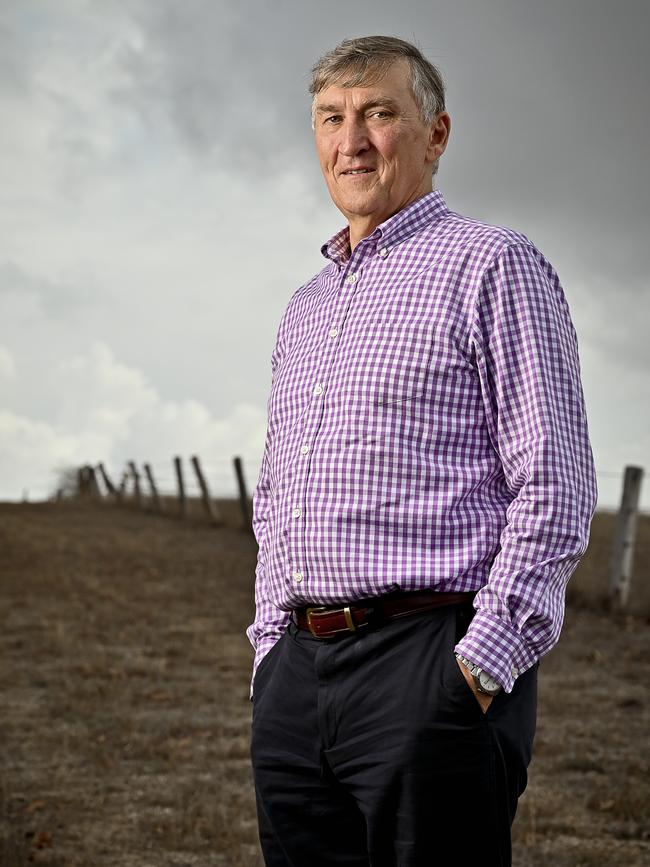
The government said more than a million hectares throughout the state were control-burned last year to manage fire risk and less than two per cent of Queensland’s 2019 bushfires started in national parks. Nearly four million hectares has been control-burned in the state’s national parks since 2015, when the Labor government was elected.
Ms Palaszczuk said the state government would fund a Queensland-based Large Air Tanker, after failing to secure federal funding for the 15,000-litre waterbombing aircraft.
But the IGEM report said two organisations had told the inquiry that while a “Very Large Air Tanker” could carry and release a “significantly greater amount of water over a fire,” helicopters could be more agile and time efficient when fighting fires in difficult terrain or changing conditions.
Scenic Rim Mayor Greg Christensen, whose council was involved in fighting the Sarabah fire, said the issues examined in the review included obligations of landholders to maintain their properties and the capacity of existing firefighting units to combat difficult blazes in rough terrain.
Mayor Christensen praised the response of the Queensland Fire and Emergency Services to the fires.
“The capacity that they displayed to analyse and manage what needed to be done was really good and well in advance of the fire we experienced,” he said.
“They has prepared well for a campaign fire which is what we had.”
However, he said the use of local knowledge to better manage fires was essential, as was the challenge of proper authority to direct land management practices.
“If someone has bought a nice tract of land and neglect it believing they are somehow contributing to the natural beauty of the place that is a problem.
“There is no power to order the clean-up of a rural block and Queensland Fire and Emergency Services are then forced to do it at public expense.”
“If someone is a landowner they have to be a responsible landowner. The public shouldn’t have to carry the risk of poor land management practices.”
Fire authorities have pointed to the issue of fuel load as a key issue to be addressed in the wake of Australia’s devastating bushfire season.


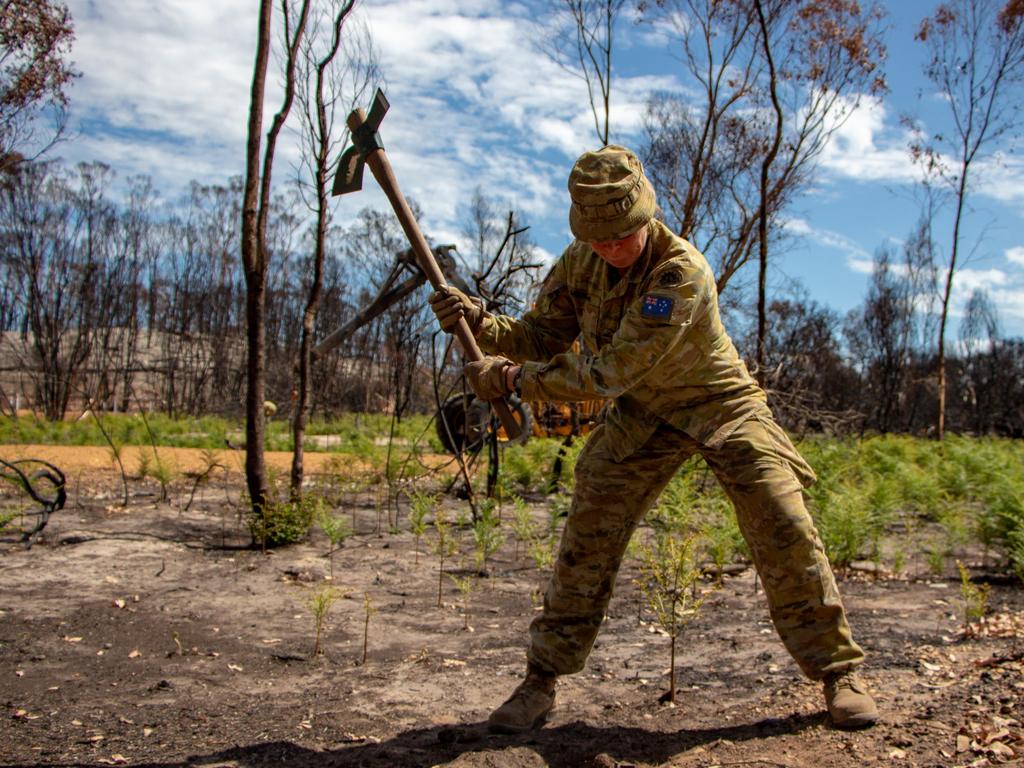
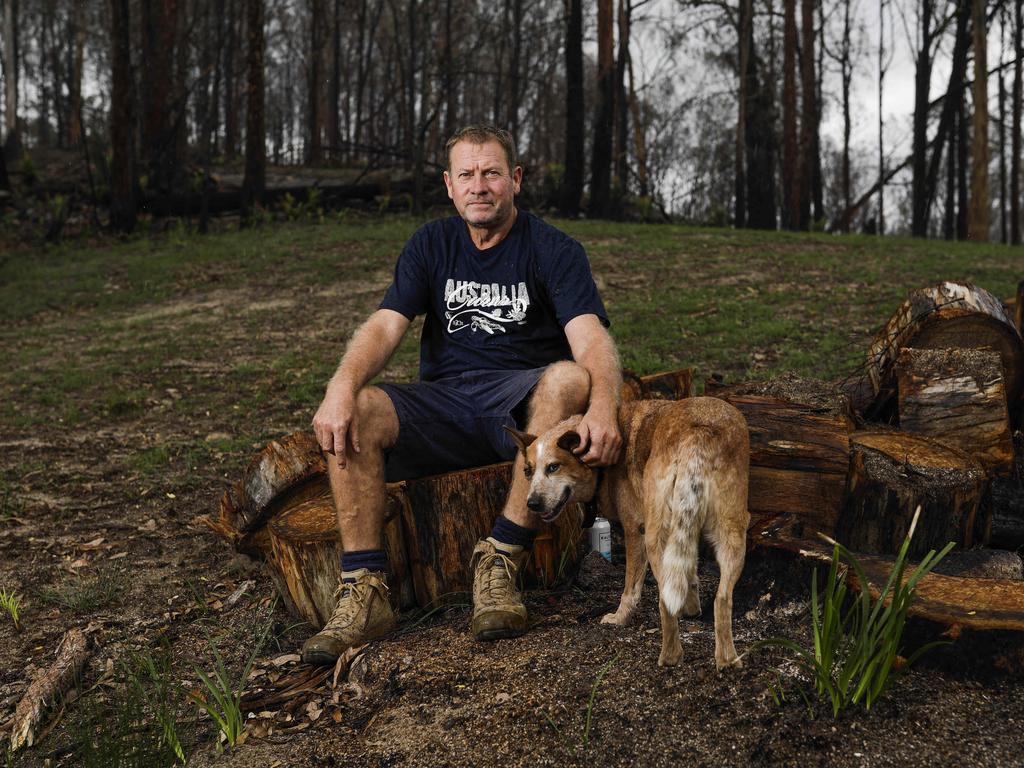



To join the conversation, please log in. Don't have an account? Register
Join the conversation, you are commenting as Logout